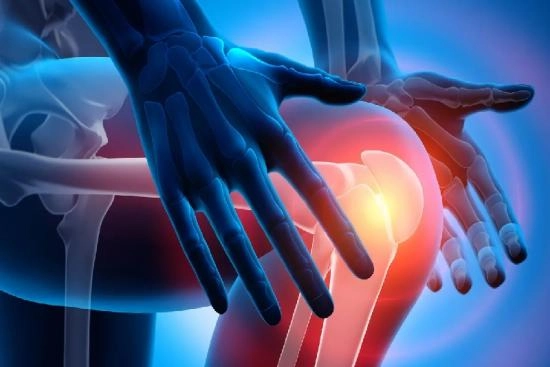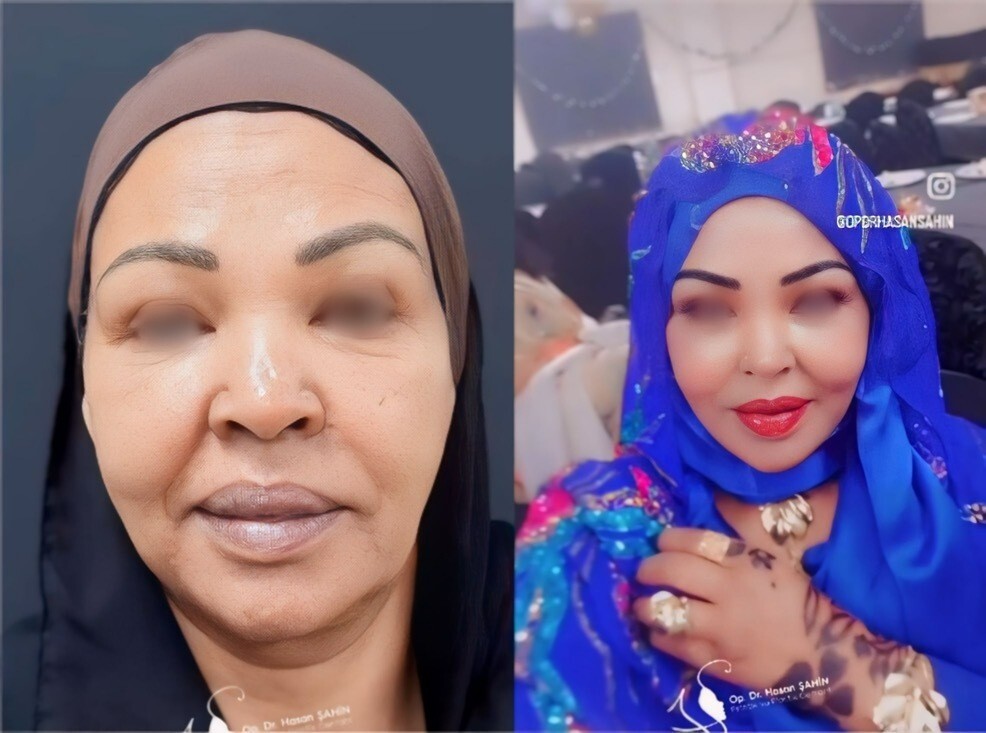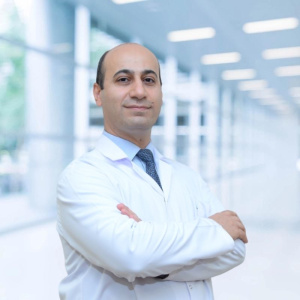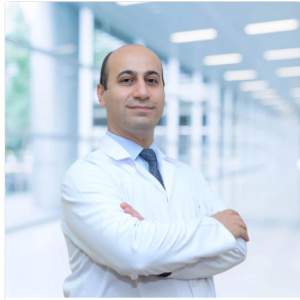The knee is one of the body's most stressed joints. Over time, or following trauma, deformity, or degenerative diseases such as osteoarthritis, the knee can become painful and stiff, resulting in a loss of mobility.
Fortunately, knee surgery techniques have advanced significantly. Today, these techniques are more targeted, less invasive, and customized to your specific condition. Whether you need arthroscopy, ligament reconstruction, or a total or partial prosthesis, surgery can repair, rebuild, or replace damaged structures, restoring your quality of life.
A full medical checkup before surgery enables us to make a precise diagnosis and study the options best suited to your situation.










